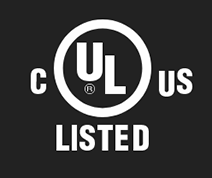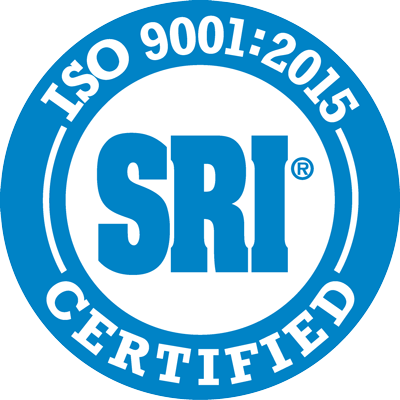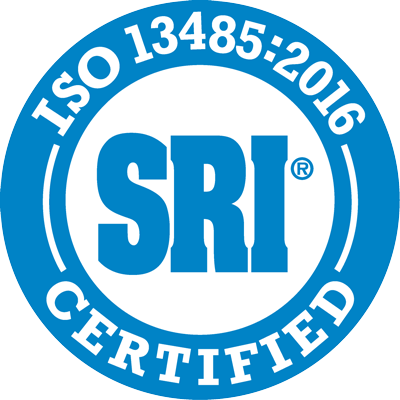Nitrogen Food Packaging: How Nitrogen Flushing Keeps Your Food Fresh
Packaged foods sold in grocery stores and convenience stores are specially packaged to keep the food fresh for a long time. Nitrogen is a crucial part of that packaging process. Whether you’re thinking about starting a business in the food industry or you’ve just always wondered how processed foods can stay safe to eat for so long, this information about nitrogen food packaging can help.
What Happens to Food Exposed to Oxygen
Oxygen causes food to deteriorate, so long-term food preservation starts with removing the oxygen from the container. Oxygen causes fats to go rancid, colors to change, and food products to spoil. There are two ways to remove oxygen from a container: Vacuum packaging the container or flushing the air out.
Vacuum Packaging Doesn’t Work For All Types of Food
Vacuum packaging is one way to remove oxygen, but this type of packaging is only safe to use for certain types of food. Beef jerky is an example of a food type that does well with vacuum packaging. During the vacuum packaging process, food is placed in a plastic sheath, and all the air is removed. Fragile foods break under these conditions, so only sturdy food items, like beef jerky and coffee beans, are appropriate food for this type of packaging.
Nitrogen Flushing Replaces Oxygen in Food Packaging
Nitrogen flushing is an excellent option for fragile foods like chips, snack foods, and crackers. During the nitrogen flushing process, nitrogen replaces oxygen inside the package. The nitrogen gas fills the package and creates a cushion, preventing the food from spoiling. Food doesn’t react with nitrogen the way it does with oxygen, so nitrogen in place of oxygen helps keep the food fresh.
The gas also prevents the sides of the bag from being crushed around the food to help keep the food intact. Nitrogen gas is harmless to people; when the bag is opened, the nitrogen escapes into the air. Since nitrogen makes up nearly 80% of the air we breathe, it’s considered safe.
How Nitrogen Packaging Food Works
Food is placed inside a package prior to flushing the package with nitrogen. A nitrogen food packaging machine forces oxygen out of the bag and then immediately replaces the oxygen with nitrogen. Once the space inside the bag has been filled with nitrogen, the bag is then sealed.
Once the bag opens, the food begins to deteriorate because it’s once again exposed to oxygen. The deterioration of the food can be slowed by clipping the bag shut and limiting the oxygen inside, but once the bag has been opened, the spoilage of the food becomes inevitable.
Are You Packaging Food? Why A Nitrogen Generator is Important
Nitrogen tanks are a common tool that food packaging facilities use to package their food. Unfortunately, nitrogen tanks are inefficient for a variety of reasons.
Problems with nitrogen tanks include:
- Storage space. Nitrogen tanks take up a lot of room and need to be stored until they’re returned to the distributor.
- Cost. While nitrogen tanks may seem like they don’t cost very much, they represent an ongoing cost to the business. If your business rents nitrogen tanks regularly, the costs for these tanks can add up.
- Supply chain issues. Nitrogen tanks are susceptible to supply chain problems that can cause delays. If your supplier of nitrogen tanks is for any reason experiencing a supply problem, then your business could be at risk.
- Environmental problems. Nitrogen delivery requires a truck to arrive at your facility on an ongoing basis, burning fossil fuels to keep your business going.
Purchasing a nitrogen generator for food packaging can solve all of these problems. A nitrogen generator is an efficient tool for producing a steady stream of nitrogen on site. Nitrogen generators are better for the environment because they’re energy efficient. They’re also cost-efficient. While a nitrogen generator does involve some upfront costs, once the generator has been purchased, the only other associated costs are the energy to keep the generator going and maintenance.
Need a Nitrogen Generator? Contact On Site Gas
On Site Gas Systems manufactures and supports nitrogen generators for businesses in the food packaging industry and a variety of other industries. To find out more about how a nitrogen generator can benefit your business or to get a quote for a nitrogen generator, contact us today.





